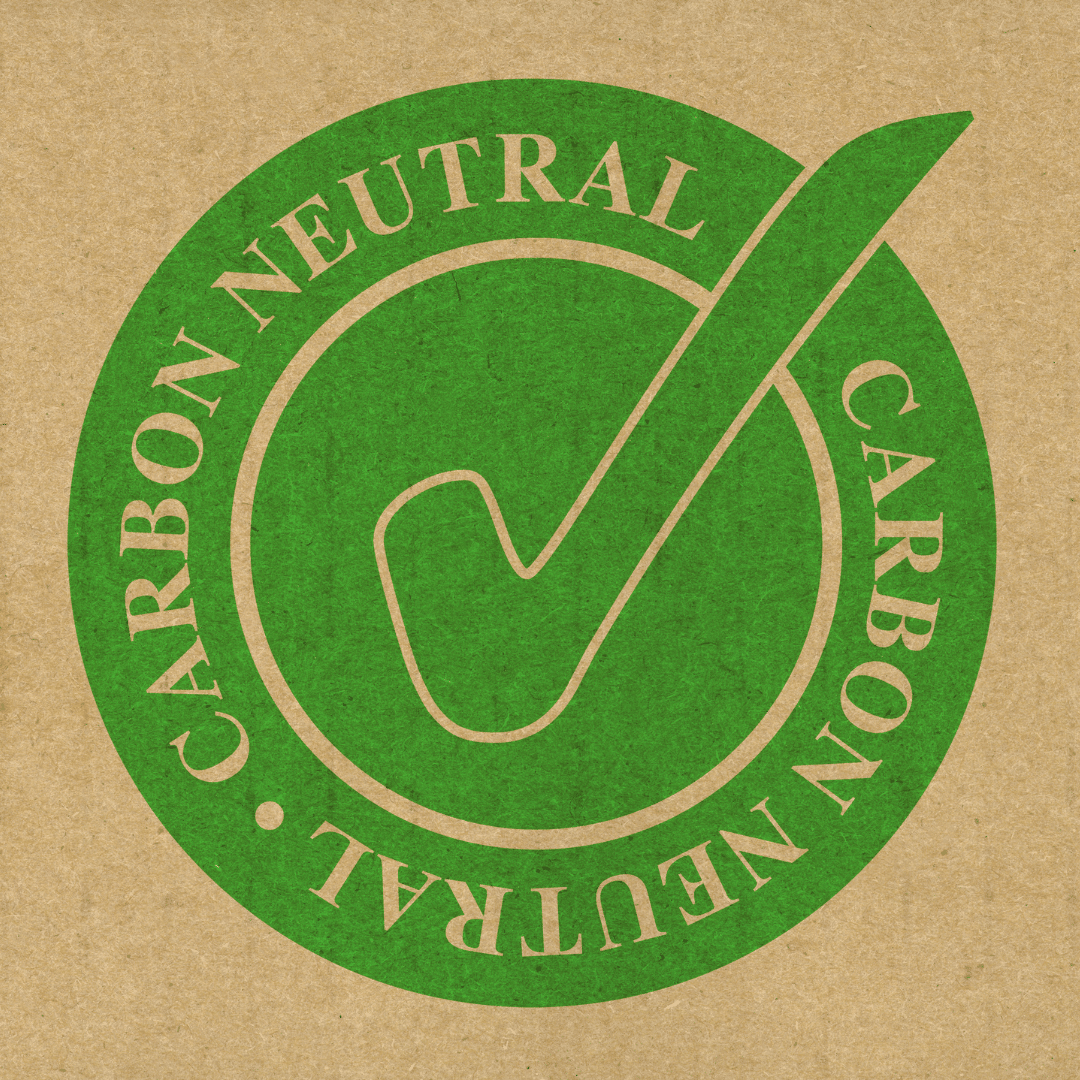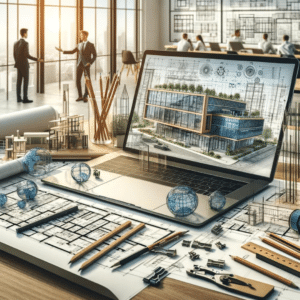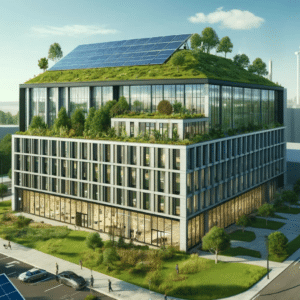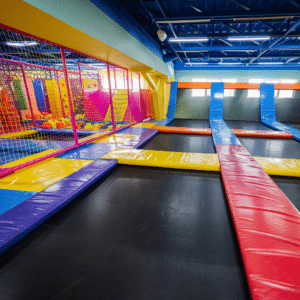The built environment accounts for 40% of annual carbon emissions. In fact, each step of the construction process contributes to the structure’s carbon footprint, not just the end product. So, designing a carbon neutral building takes a multifaceted approach. It’s up to builders, architects, and stakeholders to prepare now for a carbon neutral future. State what it means to be truly carbon neutral…
In order to get to carbon neutral, you can break down the process into separate steps. Start by identifying renewable energy and water sources to offset carbon use. Then, plan for efficient insulation and appliances. Next, source sustainable, locally-produced construction materials. Invest in intelligent technology to help monitor and adjust energy and water use.
Renewable Power
Most buildings use a lot of electricity to keep the lights on. However, a carbon neutral building is highly efficient, and renewable power sources can offset the amount of energy used. Then there is also, grid integration and smart controls that can optimize energy distribution with a blend of renewables, energy storage, and load flexibility. You can install on-site energy production or purchase zero-emission electricity from community sites nearby.
- Solar energy is a practical option for on-site power as it can be installed on large rooftops. In addition, green buildings can also procure electricity from local solar farms.
- Wind turbines are most effective on a large scale, so they are impractical to have on-site. Instead, you can find a provider who offers wind power plans.
- Geothermal power plants produce energy from hot steam wells dug in the ground. Carbon neutral structures can get power from one of these plants. They can also use ground-source heat pumps to heat and cool the building.
High-Efficiency Appliances
Part of reaching zero carbon is reducing the energy load. For example, buildings can use efficient fixtures such as LED lighting and intelligent controls to reduce energy consumption. Likewise, you can chose to install low-energy-use appliances as part of overall building efficiency.
Continuous Insulation
In poorly insulated buildings, thermal bridges allow heat to escape. Instead, buildings need continuous insulation and a sealed exterior envelope to help maintain the proper temperature inside without having to overwork the HVAC system. Continuous insulation solutions such as spray foam and fiberboard help optimize energy use. Likewise, you can tape all transitional seams to create an airtight seal along the exterior walls, and many other options to keep the outside air out and the inside air in.
Construction Materials
Designing a carbon neutral building involves sourcing sustainable, local construction materials whenever possible. Start by examining the entire supply chain, including harvesting, manufacturing, and shipping. For instance, look for wood and bamboo with Forest Stewardship Council (FSC) certification, guaranteeing products sourced with responsible forestry practices. Next, consider the carbon impact of manufacturing. For example, producing mass timber generates far less carbon than steel or concrete. Likewise, consider emissions from the construction components such as paints, sealants, and composites. Off-gassing of volatile organic compounds (VOC) can damage air quality and the environment. Finally, select long-lasting materials such as Engineered Cementitious Composite. ECC, a.k.a. bendable concrete, absorbs shocks and resists cracking to increase the lifespan of a structure.
Smart Technology in a Carbon Neutral Building
An intelligent building system uses integrated technology for automation, resource monitoring, and facility management. For example, daylight harvesting technology detects ambient light in the space. Then, it dims or turns off the artificial lighting when enough natural light is present—pair daylight harvesting with automatic shades to optimize lighting control. For instance, you can program motorized shades to raise in the morning to let in more light and lower in the afternoon to block glare and heat. These smart systems all work to help eliminate the wasting of energy and optimize the energy you do use only when you need it.
HVAC
Heating and cooling put the most significant demand on building energy use. So, installing high-efficiency units is imperative to designing a carbon neutral building. For example, recent advancements make heat pumps a viable option in all climates. From there, you can use reclaimed heat to make the entire system more efficient. For example, instead of pumping excess heat outdoors, heat reclaim valves transfer the energy to another application in the building.
Are LEED buildings carbon neutral?
The LEED rating system has different levels of certification based on specific criteria. So, being certified doesn’t automatically mean the building is carbon neutral. In fact, the Green Building Council has four LEED zero certifications.
1. Zero Carbon
2. Zero Energy
3. Zero Water
4. Zero Waste
Building for the Future
The experts at Guzzo Architects have the industry know-how to design a carbon neutral building for a sustainable future. To learn more, give us a call at 201-939-1446.








